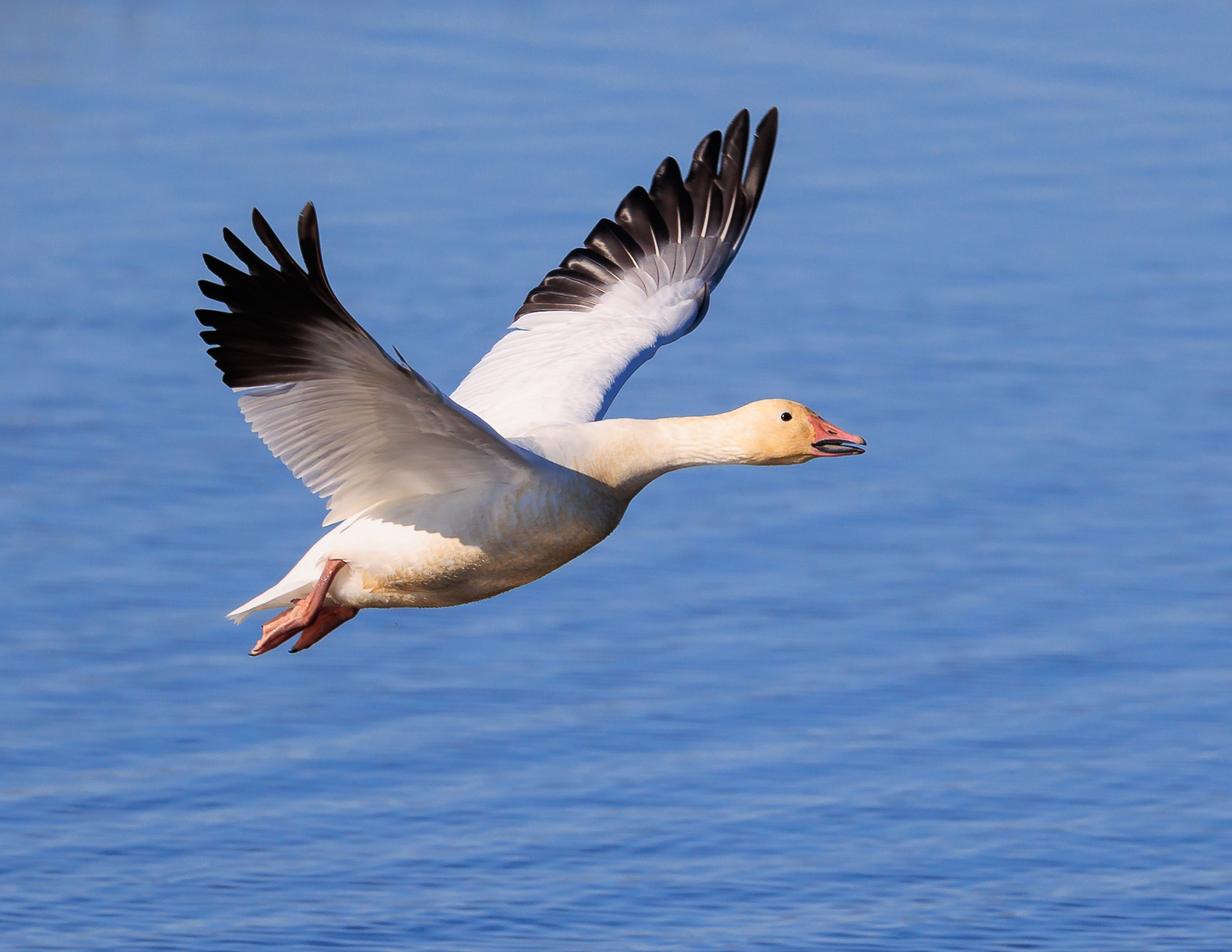|
Carex Subspathacea
''Carex subspathacea'', called Hoppner's sedge, is a species of flowering plant in the genus '' Carex'', native to coastal salt marshes of the Arctic and northwest Pacific Oceans; Alaska, Canada, Greenland, Iceland, Norway, northern and far eastern Russia, Korea, and Japan. It is grazed by snow geese ('' Anser caerulescens''). References subspathacea Plants described in 1816 {{Carex-stub ... [...More Info...] [...Related Items...] OR: [Wikipedia] [Google] [Baidu] |
Carex
''Carex'' is a vast genus of more than 2,000 species of grass-like plants in the family Cyperaceae, commonly known as sedges (or seg, in older books). Other members of the family Cyperaceae are also called sedges, however those of genus ''Carex'' may be called true sedges, and it is the most species-rich genus in the family. The study of ''Carex'' is known as caricology. Description All species of ''Carex'' are perennial, although some species, such as '' C. bebbii'' and '' C. viridula'' can fruit in their first year of growth, and may not survive longer. They typically have rhizomes, stolons or short rootstocks, but some species grow in tufts (caespitose). The culm – the flower-bearing stalk – is unbranched and usually erect. It is usually distinctly triangular in section. The leaves of ''Carex'' comprise a blade, which extends away from the stalk, and a sheath, which encloses part of the stalk. The blade is normally long and flat, but may be folded, inrolled, c ... [...More Info...] [...Related Items...] OR: [Wikipedia] [Google] [Baidu] |
Anser Caerulescens
The snow goose (''Anser caerulescens'') is a species of goose native to North America. Both white and dark morphs exist, the latter often known as blue goose. Its name derives from the typically white plumage. The species was previously placed in the genus ''Chen'', but is now typically included in the "gray goose" genus '' Anser''. Snow geese breed north of the timberline in Greenland, Canada, Alaska, and the northeastern tip of Siberia, and spend winters in warm parts of North America from southwestern British Columbia through parts of the United States to Mexico. Snow goose populations increased dramatically in the 20th century. Taxonomy In 1750 the English naturalist George Edwards included an illustration and a description of the snow goose in the third volume of his ''A Natural History of Uncommon Birds''. He used the English name "The blue-winged goose". Edwards based his hand-coloured etching on a preserved specimen that had been brought to London from the Huds ... [...More Info...] [...Related Items...] OR: [Wikipedia] [Google] [Baidu] |

